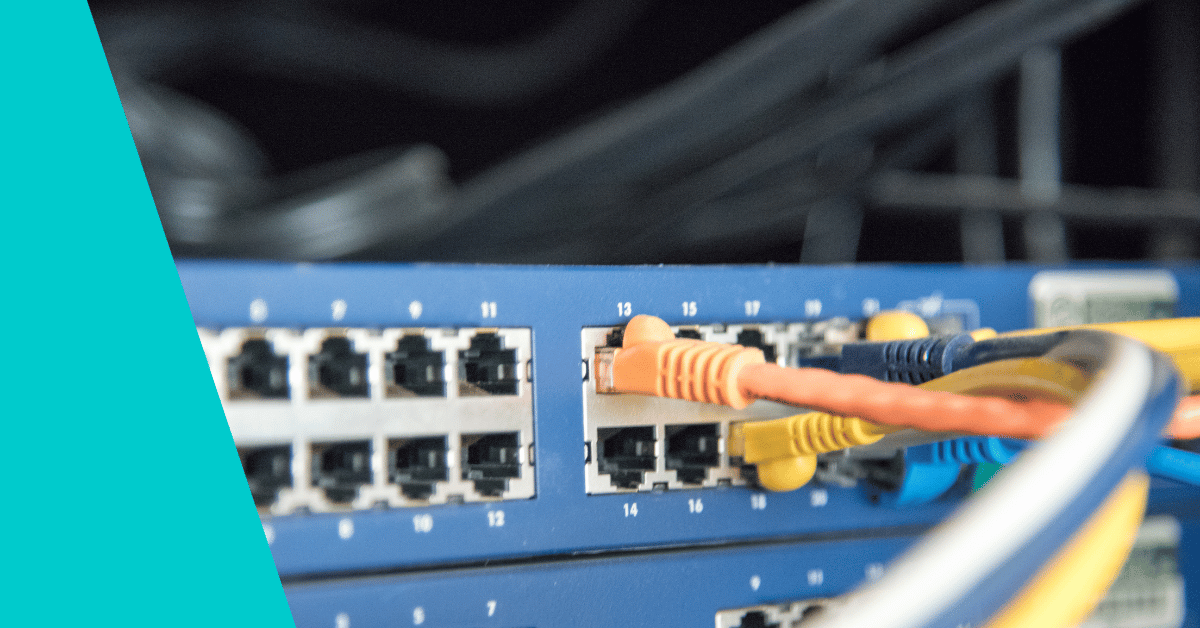What is a Network Gateway?
What is a network gateway?
A network gateway is a device that connects two different networks and facilitates communication between them. It acts as a point of entry and exit for data traveling to and from the network it serves. Here are some key functions and characteristics of a network gateway:
- Protocol Translation: Gateways can translate data from one protocol to another, enabling devices using different protocols to communicate.
- Network Address Translation (NAT): Gateways often perform NAT, allowing multiple devices on a private network to share a single public IP address.
- Firewall Functions: Many gateways include firewall capabilities to protect the network from unauthorized access and threats.
- Traffic Management: Gateways can manage and route traffic efficiently, ensuring data packets reach their intended destination.
- Security: By inspecting incoming and outgoing traffic, gateways help maintain network security.
Gateways are commonly used in home and office networks to connect to the internet, in enterprise environments to connect different segments of a corporate network, and in cloud computing to connect on-premises networks with cloud services.
How does a network gateway work?
What kind of security does a network gateway have?
A network gateway often includes several security features to protect the network from various threats and unauthorized access. Here are some common security measures implemented in network gateways:
- Firewall:
- The gateway often includes a built-in firewall that filters incoming and outgoing traffic based on predefined security rules.
- Firewalls can block unauthorized access, prevent certain types of traffic, and mitigate network-based attacks like DDoS (Distributed Denial of Service).
- Intrusion Detection and Prevention Systems (IDS/IPS):
- IDS monitors network traffic for suspicious activity and alerts administrators to potential security incidents.
- IPS not only detects but also prevents malicious activities by blocking or rejecting harmful traffic in real-time.
- Virtual Private Network (VPN) Support:
- Gateways can support VPNs, which provide secure, encrypted communication channels over the internet.
- VPNs ensure data privacy and integrity, making it difficult for attackers to intercept or tamper with data.
- Network Address Translation (NAT):
- NAT helps obscure internal IP addresses by translating them to a single public IP address.
- This makes it harder for external attackers to identify and target specific devices within the internal network.
- Access Control Lists (ACLs):
- ACLs are used to define which traffic is allowed or denied based on criteria such as IP addresses, protocols, and ports.
- This helps restrict access to network resources and prevent unauthorized activities.
- Encryption:
- Gateways can use encryption to protect data in transit.
- This ensures that sensitive information remains confidential and is not readable by unauthorized entities.
- Authentication:
- Gateways may require users and devices to authenticate before accessing the network.
- This can involve passwords, digital certificates, or two-factor authentication to verify identities.
- Content Filtering:
- Content filtering blocks access to malicious websites, phishing sites, or inappropriate content.
- This helps prevent users from inadvertently downloading malware or exposing the network to security risks.
- Logging and Monitoring:
- Gateways often have logging capabilities to record traffic patterns, access attempts, and security incidents.
- Monitoring these logs helps administrators detect and respond to security threats promptly.
- Firmware and Software Updates:
- Keeping the gateway's firmware and software up to date ensures that the latest security patches and features are applied.
- This helps protect the network against newly discovered vulnerabilities and threats.
- Advanced Threat Protection:
- Some gateways include advanced threat protection features such as malware detection, sandboxing, and deep packet inspection.
- These features help identify and mitigate sophisticated attacks that traditional security measures might miss.
By incorporating these security measures, a network gateway plays a crucial role in protecting the network from various internal and external threats, ensuring the integrity, confidentiality, and availability of the network and its resources.
What are some security shortcomings of a network gateway?
While network gateways provide essential security features, they also have some potential shortcomings and limitations. Here are some common security shortcomings of network gateways:
- Single Point of Failure:
- If the gateway is compromised or goes offline, it can disrupt the entire network’s connectivity and security.
- Limited Protection Against Insider Threats:
- Gateways primarily focus on external threats and may not adequately address threats originating from within the internal network.
- Vulnerability to Exploits:
- Gateways can have vulnerabilities in their firmware or software that attackers might exploit if not regularly updated and patched.
- Resource Limitations:
- Gateways have finite processing power and memory, which can be overwhelmed by high traffic volumes or sophisticated attacks, leading to performance degradation or failure.
- Configuration Complexity:
- Incorrectly configured gateways can leave the network exposed to attacks. Proper configuration requires expertise and regular maintenance.
- Lack of Comprehensive Threat Detection:
- While gateways can detect known threats, they may struggle to identify zero-day exploits or advanced persistent threats (APTs) without additional security measures like intrusion detection systems (IDS) or intrusion prevention systems (IPS).
- Encryption Overhead:
- The use of encryption for securing traffic can introduce latency and processing overhead, potentially slowing down network performance.
- Limited Scope of Protection:
- Gateways typically protect the perimeter of the network but might not provide comprehensive security for all types of devices, especially in environments with a mix of traditional IT and IoT devices.
- Bypassing Techniques:
- Skilled attackers might find ways to bypass gateway protections, such as using tunneling protocols or encrypted channels that the gateway cannot inspect.
- False Positives and Negatives:
- Security mechanisms like firewalls and IDS/IPS can generate false positives (legitimate traffic blocked) and false negatives (malicious traffic allowed), which can either disrupt legitimate activities or fail to prevent an attack.
- Dependence on Signature-Based Detection:
- Many security features rely on signature-based detection, which may not be effective against new or unknown threats.
- Lack of Behavioral Analysis:
- Gateways might not perform detailed behavioral analysis of network traffic, which is essential for identifying anomalous activities indicative of advanced threats.
To mitigate these shortcomings, it’s important to adopt a layered security approach, combining the gateway with other security solutions such as endpoint protection, network monitoring, and regular security audits. Regular updates, proper configuration, and continuous monitoring are also critical to maintaining the effectiveness of a network gateway.








